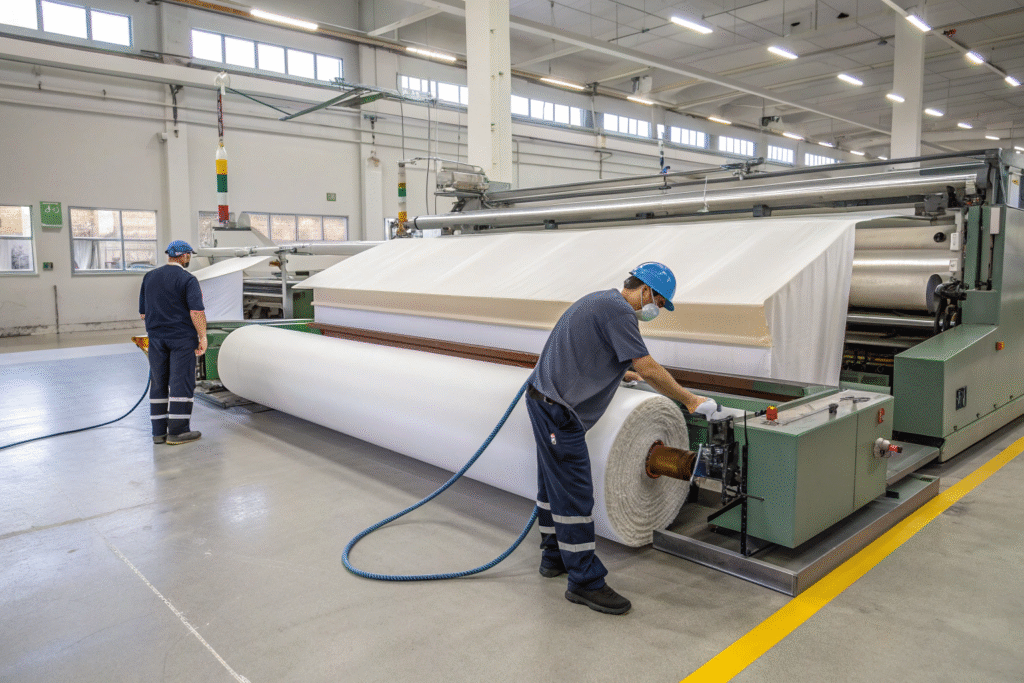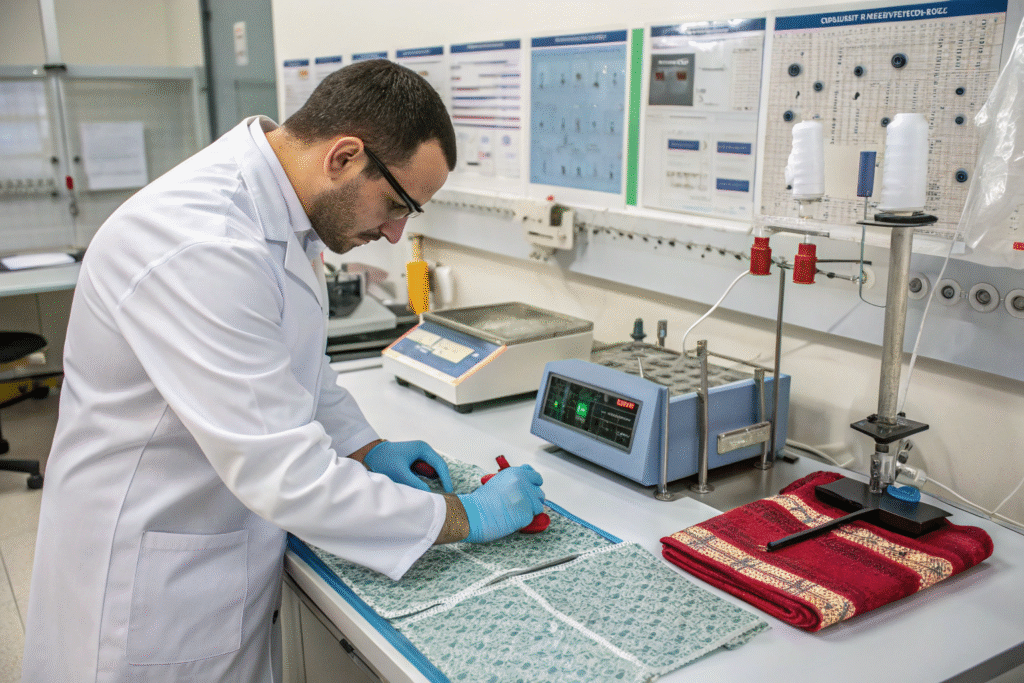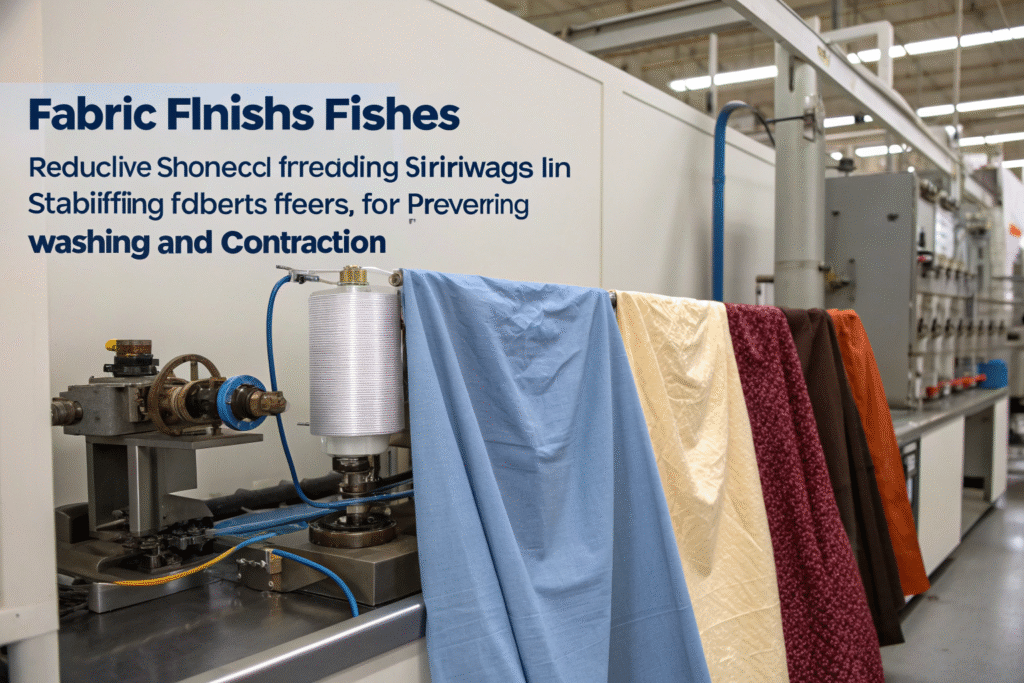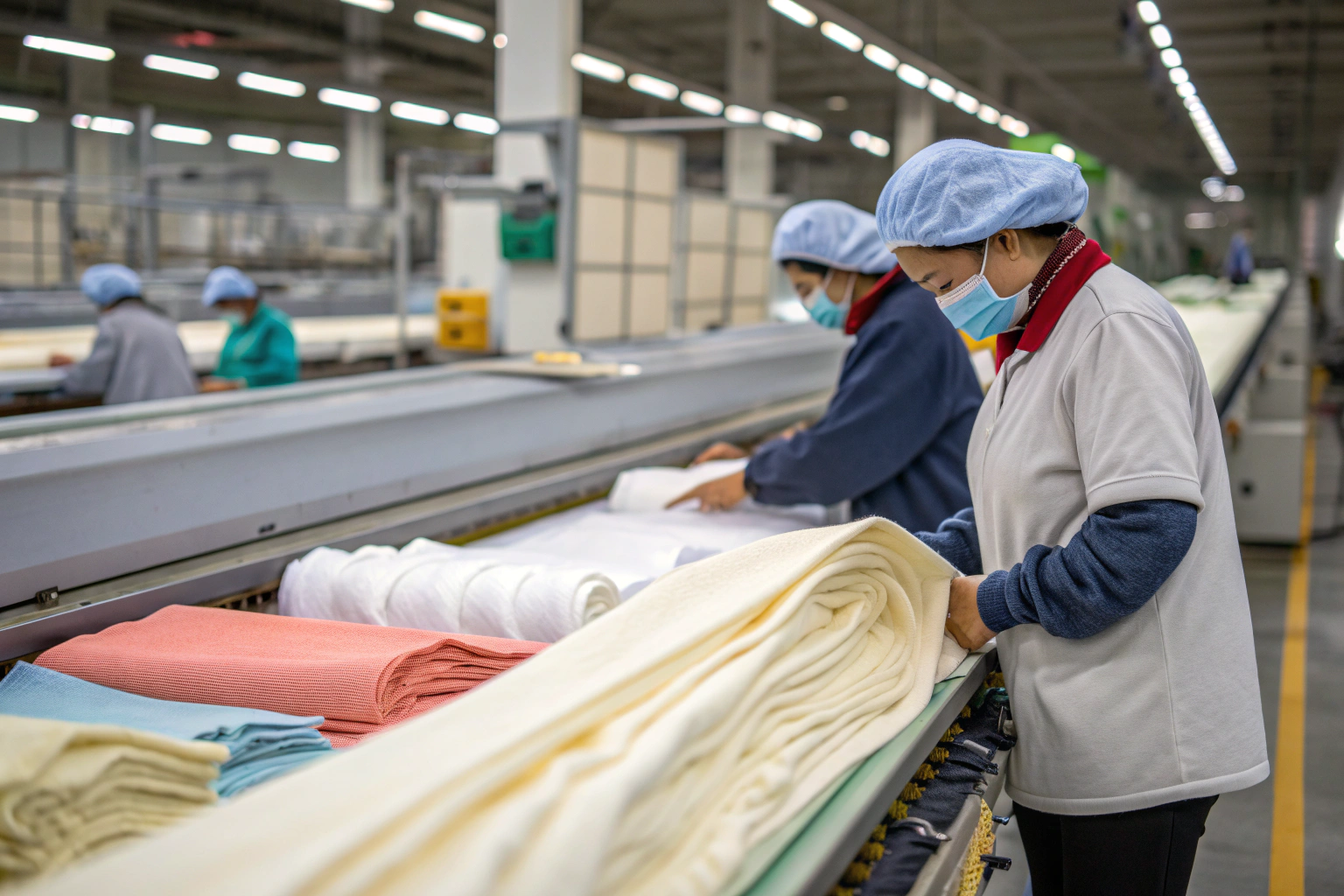Fabric shrinkage is a common issue in garment manufacturing, especially with natural fibers like cotton and wool. Left unchecked, shrinkage can lead to quality control problems, customer complaints, and ultimately affect the business. The key to addressing this problem lies in understanding its causes and employing effective solutions during production. In this article, we’ll explore strategies for preventing fabric shrinkage and ensuring the consistency and durability of the final product.
Prevention of fabric shrinkage involves taking proactive steps during fabric preparation and production, allowing manufacturers to maintain quality and deliver consistent products. By applying techniques like pre-shrinking, heat setting, and proper testing methods, it’s possible to prevent shrinkage from becoming an issue in the finished garment.
Understanding fabric shrinkage and applying the right methods during production is crucial for ensuring that fabric remains stable after manufacturing. Read on to discover practical tips for reducing shrinkage during textile production.
Why Does Fabric Shrink During Production?
Fabric shrinkage occurs when fibers contract due to heat, moisture, or mechanical stress. This issue is particularly common with natural fibers such as cotton and wool, as well as some synthetic materials. The cause of shrinkage often lies in the way the yarn is spun, woven, or knitted, and how it reacts when subjected to heat or moisture.

Fiber Type and Shrinkage
Natural fibers, especially cotton and wool, are prone to shrinkage due to their inherent characteristics. Cotton fibers expand when exposed to moisture, leading to shrinkage when the fabric dries. Wool, with its scale-like structure, also contracts and shrinks significantly when agitated in water. By using pre-shrinking treatments or controlling washing and drying processes, this issue can be mitigated.
Fabric Structure's Role
The fabric’s construction plays an essential role in shrinkage. For instance, woven fabrics generally shrink less than knitted fabrics because of their tighter weave. Knitted fabrics, especially those used in casual wear and activewear, tend to stretch more and may experience greater shrinkage after washing. Ensuring proper pre-shrinking and handling of fabric during production can significantly reduce post-production shrinkage.
How Can Pre-Shrinking Techniques Help?
Pre-shrinking is an essential method to control shrinkage before the fabric enters large-scale production. By using treatments like controlled moisture and heat during finishing, fabric manufacturers can minimize the risk of further shrinkage. Pre-shrinking makes fabric stable, reducing unwanted size changes when consumers wash the finished garments.

Heat Setting for Synthetic Fabrics
Synthetic fabrics such as polyester benefit from heat setting. The process involves exposing the fabric to high temperatures to lock the fibers in place, preventing further shrinkage. This method is particularly beneficial for sportswear and other performance textiles, where fabric stability is key.
Water Tension for Natural Fibers
For natural fibers, a water tension treatment can help stabilize the fibers by gently relaxing them. This pre-shrinking technique is effective for materials like cotton and linen, where fibers tend to contract significantly when exposed to moisture. By applying this technique, manufacturers can minimize future shrinkage and maintain the fabric’s intended dimensions.
What are the Best Testing Methods to Measure Shrinkage?
Shrinkage testing helps assess how much fabric will shrink after being washed or exposed to heat. Testing methods ensure that fabric meets quality standards and that shrinkage is kept under control throughout production. Several industry-standard testing methods are available, including AATCC and ISO test methods, which are used to measure dimensional and percentage shrinkage.

AATCC Test Method for Shrinkage
The AATCC shrinkage test is widely recognized and involves washing fabric samples under controlled conditions to measure the shrinkage percentage. This testing method allows manufacturers to evaluate fabric performance and make adjustments to minimize shrinkage before production.
ISO Shrinkage Test
The ISO shrinkage test is another standard method that provides a consistent measure of shrinkage. It involves testing the fabric under defined washing and drying conditions. The results are used to gauge fabric stability and predict shrinkage during the consumer’s use of the product.
What Fabric Finishes Can Help Prevent Shrinkage?
Fabric finishes play an important role in reducing shrinkage by stabilizing fibers and preventing them from contracting during washing. These finishes range from chemical treatments to mechanical processes that ensure the fabric maintains its shape and size after production.

Resin Finishing
Resin finishing uses formaldehyde-based resins to bond fibers together, reducing their ability to shrink. This treatment works particularly well for cotton fabrics and other natural fibers, providing long-lasting shrinkage control.
Silicone Coatings
Silicone coatings are another option for preventing shrinkage. By applying a layer of silicone to the fabric, manufacturers can improve moisture resistance and prevent excessive shrinkage during washing. This technique is widely used in outdoor and performance fabrics.
Conclusion
Incorporating the right strategies to prevent fabric shrinkage during production is essential for maintaining high product quality and meeting customer expectations. By understanding the causes of shrinkage and applying effective methods such as pre-shrinking, heat-setting, and thorough testing, manufacturers can produce more reliable and durable fabrics.
If you are looking for a reliable partner to help you manage fabric production and prevent shrinkage, we at Shanghai Fumao are ready to assist. Our team, led by Business Director Elaine, can support you in delivering high-quality, shrinkage-free fabrics. Reach out to Elaine at elaine@fumaoclothing.com for further information and partnership opportunities.










